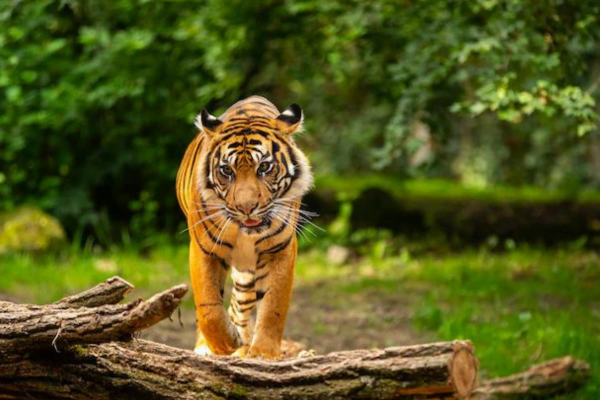5 Animal Species That Could Disappear Forever by 2023
When we look at the incredible biodiversity of our planet, it's hard to imagine that some of the species we share the world with today could disappear forever in the near future. Accelerating climate change, the destruction of natural habitats and other factors are putting the survival of several species at risk. In this article, we'll explore five animal species that face serious threats and could disappear forever by the end of 2023.
1. Bengal tiger (Panthera tigris tigris)
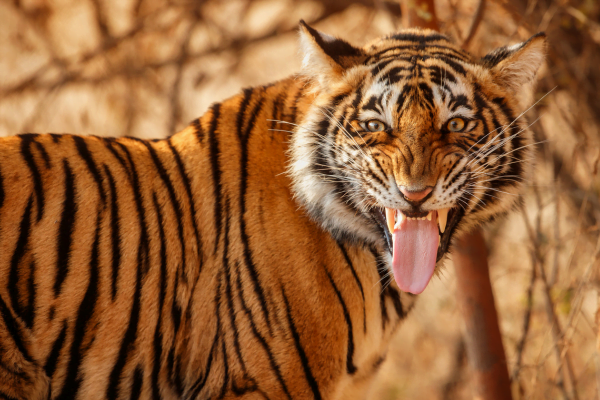
The majestic Bengal tiger, known for its orange coat and dark stripes, is one of the most iconic creatures in the animal kingdom. However, poaching, habitat loss and conflicts with humans have drastically reduced its population. Unless strict conservation measures are implemented, we could lose this magnificent species forever.
2. Java rhinoceros (Rhinoceros sondaicus)
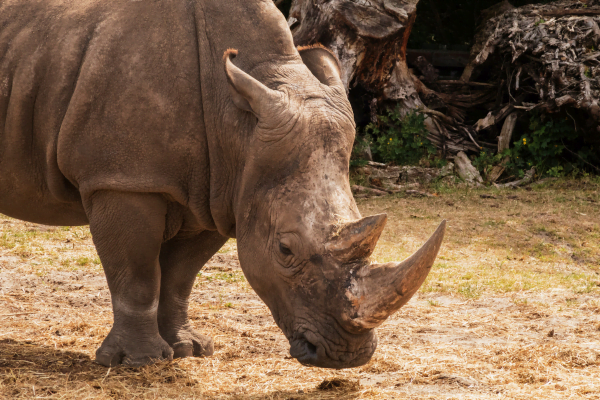
The Java rhino is one of the rarest rhino species and also one of the most endangered. With a dwindling population due to relentless poaching for their valuable horns, these animals face an uncertain future. Conservation initiatives are underway, but the fight to prevent the extinction of this species continues.
Contents
2.1 Conservation efforts
Several organizations are working to protect the java rhino. Partnerships with local governments and reinforced security measures in national parks are vital for their survival.
3. Mountain gorilla (Gorilla beringei beringei)
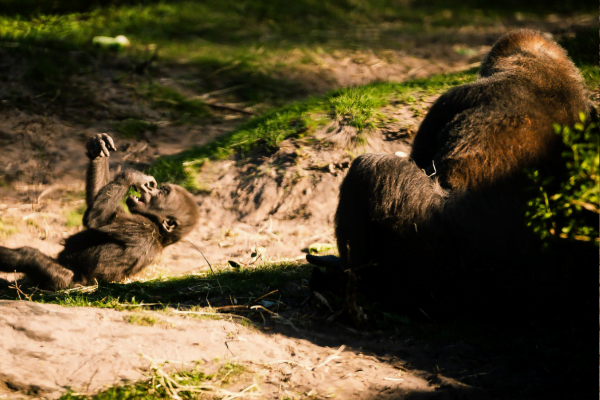
Mountain gorillas inhabit the mountainous regions of Central Africa and are highly threatened by habitat loss and illegal hunting. With an already small population, each individual counts for the preservation of the species. Global awareness and concrete action are crucial to prevent these magnificent primates from disappearing forever.
3.1 Responsible Ecotourism
Responsible ecotourism has played an important role in protecting mountain gorillas. Well-educated and regulated visitors can contribute to conservation while experiencing these incredible animals in their natural habitat.
4. North Atlantic right whale (Eubalaena glacialis)
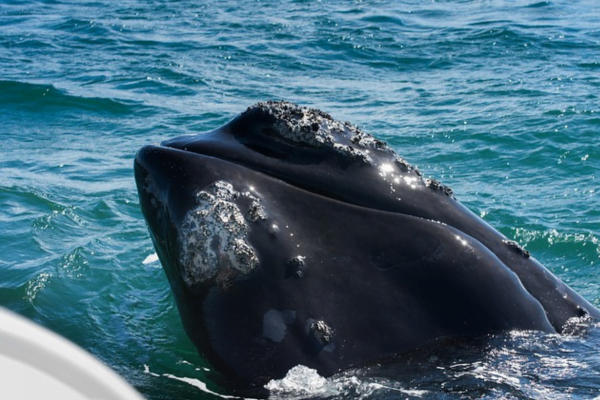
Majestic and impressive, North Atlantic right whales face constant threats from collisions with ships and fishing nets. The decrease in their main food, krill, due to climate change, also affects their survival. Protecting migratory routes and implementing stricter regulations are essential to prevent their extinction.
5. Giant panda (Ailuropoda melanoleuca)
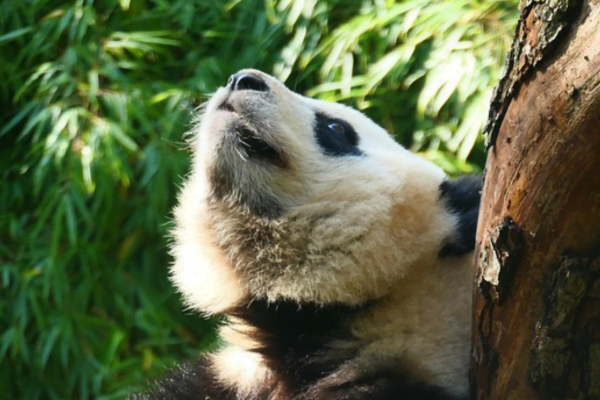
The iconic giant panda is a symbol of conservation around the world. However, its population remains vulnerable due to the destruction of its bamboo habitat and reproductive difficulties. With ongoing captive breeding and habitat conservation efforts, there is still hope for the survival of this adorable species.
Conclusion: 5 Animal Species That Could Disappear Forever
The loss of these species would not only impoverish the diversity of life on Earth, but would also have a significant impact on the ecosystems they inhabit. Protecting wildlife is a responsibility shared by all of us. We need to support conservation efforts, adopt sustainable practices and raise awareness about the importance of preserving these magnificent creatures for future generations.
FAQs
- What is the main threat to Bengal tigers?
- The main threat to Bengal tigers is poaching for their skins and body parts.
- How does ecotourism help in the conservation of mountain gorillas?
- Responsible ecotourism generates revenue that can be invested in habitat protection and local environmental education.
- Why do North Atlantic right whales collide with ships?
- Due to the increase in maritime traffic, North Atlantic right whales are more likely to collide with vessels.
- How do captive breeding efforts benefit giant pandas?
- Captive breeding efforts increase the chances of successful reproduction and provide a genetic reserve for the wild population.
- What can we do to help conserve these endangered species?
- We can support conservation organizations, adopt sustainable lifestyles and educate others about the importance of biodiversity and wildlife preservation
The reality of endangered animals in 2023
Thanks for stopping by, check out our other work too
https://cuidar.petlove.com.br/gatos
https://vettopbr.com/tosse-em-caes/

